PORTLAND – “We recognize that many types of buildings and architecture contribute to the story of the region,” Greater Portland Landmarks writes in its congratulatory letter to people whose homes have been honored with a plaque through the organization’s Historic Marker Program.
These two vintage houses in the city’s West End Historic District, 94 and 96 Emery St., received plaques within the past two years, and illustrate the “story” element very nicely.
The buildings are the Charles H. Wyer House (No. 94) and the Relief & John Jacobs House (No. 96) after their original owners. Both homes at the intersection with Spruce Street were built 1866-1868 during westward expansion shortly after the Great Fire of 1866.
Landmarks identifies both homes as two-and-a-half story Italianate and remarks on extant features including, for example, tripartite bay windows (1880s additions) with original sashes; first-story windows taller than those upstairs, “a fashion popular in the Greek Revival period”; and “beautiful carved corbels.” Also noted are the porch hood and “denticulated cornices of the bay windows” of no. 94.
Also supplied are details of the homes’ previous owners. The Jacobses married in 1852 and lived on India Street (he was a stevedore) until the fire burned them out, after which Relief (her name is on the deed) bought the land for No. 96.
The Wyer family, with four children, had also been displaced by the fire. Charles had a “wagon business” on east Middle Street. He bought the land here in November 1866.
Today, the side-by-side properties are a family enclave, owned by brothers John and Tim Napolitano. They grew up at No. 96, home to Louis (a firefighter) and Mary C. Napolitano beginning in 1951. John, eldest of eight children, has owned No. 96 since 1985.
“I’ve never left,” he said. That’s 67 years.
A corrections officer who will retire this month, and also owns properties at Sugarloaf and on Peaks Island, John treasures memories of the West End neighborhood and of multigenerational family life. His grandmother (Mary Curran, who walked every day and lived to age 96) lived on the first floor; everybody else (there were five sisters and one bathroom) upstairs. John describes the local past with the eloquence of a natural historian and has been asked to help with a project on the carriage houses of the Western Prom area.
Next door, No. 94, younger brother Tim’s property (since 2007) once had a carriage house, but it burned in the 1960s. Tim, an electrician who lives in South Portland, shares his brother’s rich appreciation of area history (he greatly enjoyed doing the Tate House’s new wiring) and he too owns multiple properties.
Some of them, including buildings on Brackett and Danforth streets, and on Broadway in South Portland, are of definite historic interest. It is very likely that their stories will some day emerge through Landmarks.
Send questions/comments to the editors.

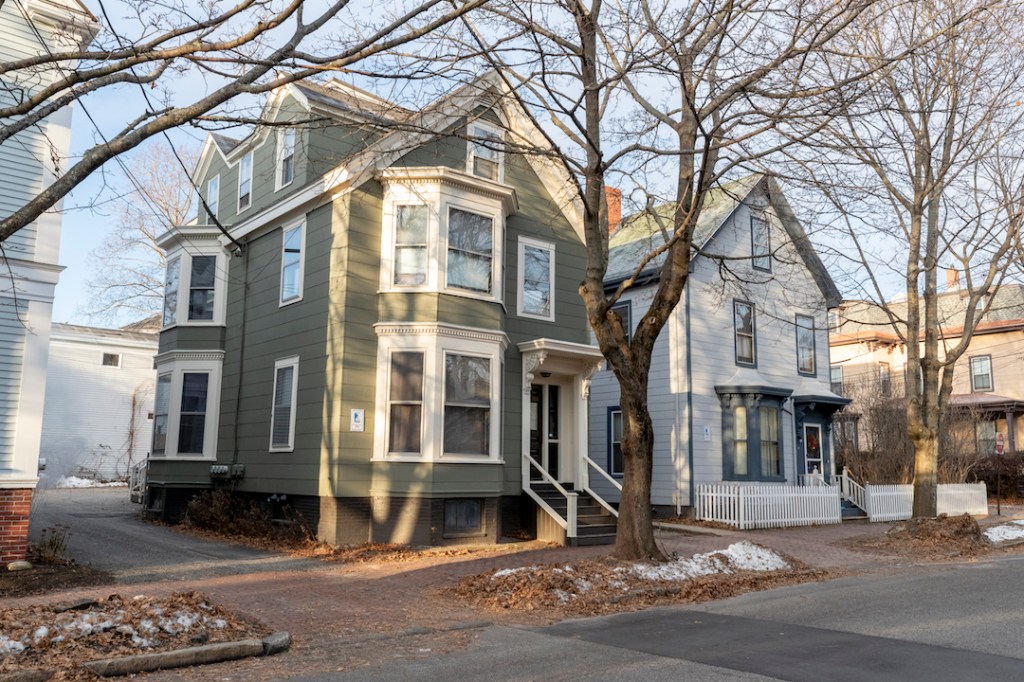
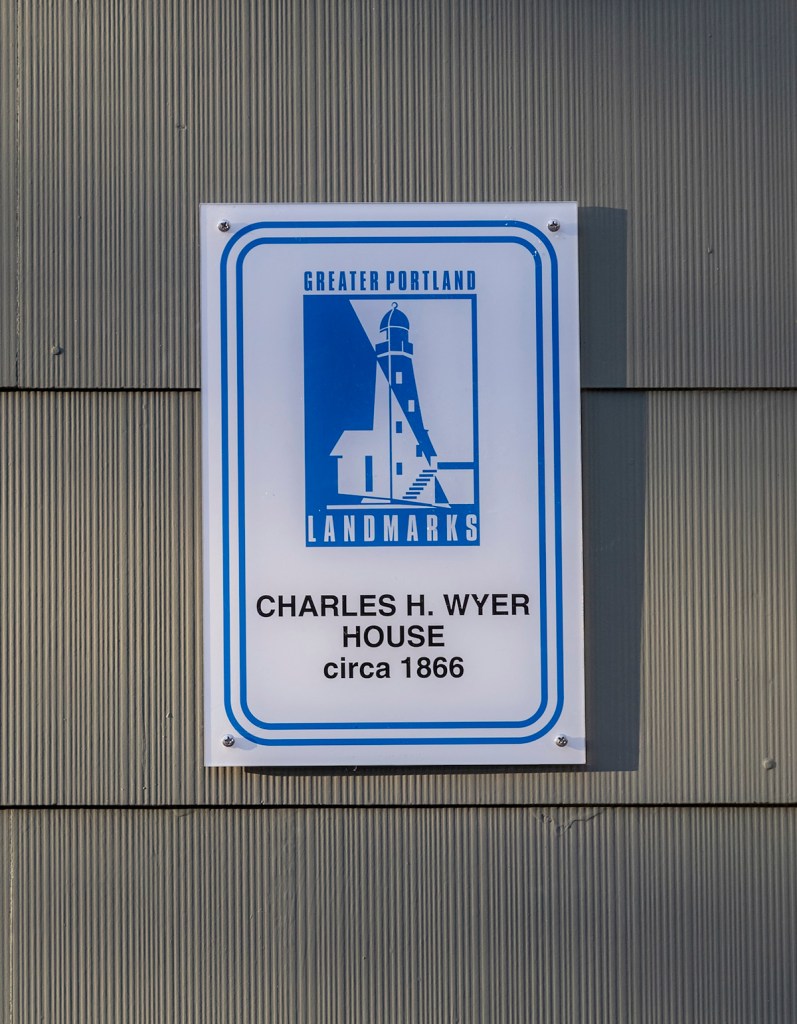
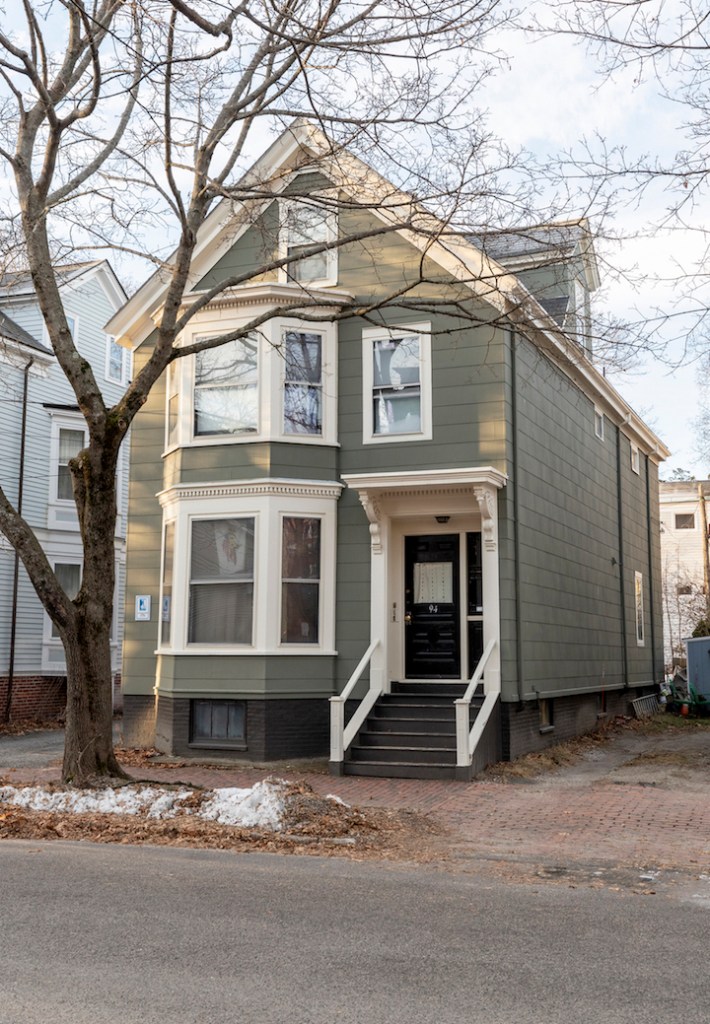
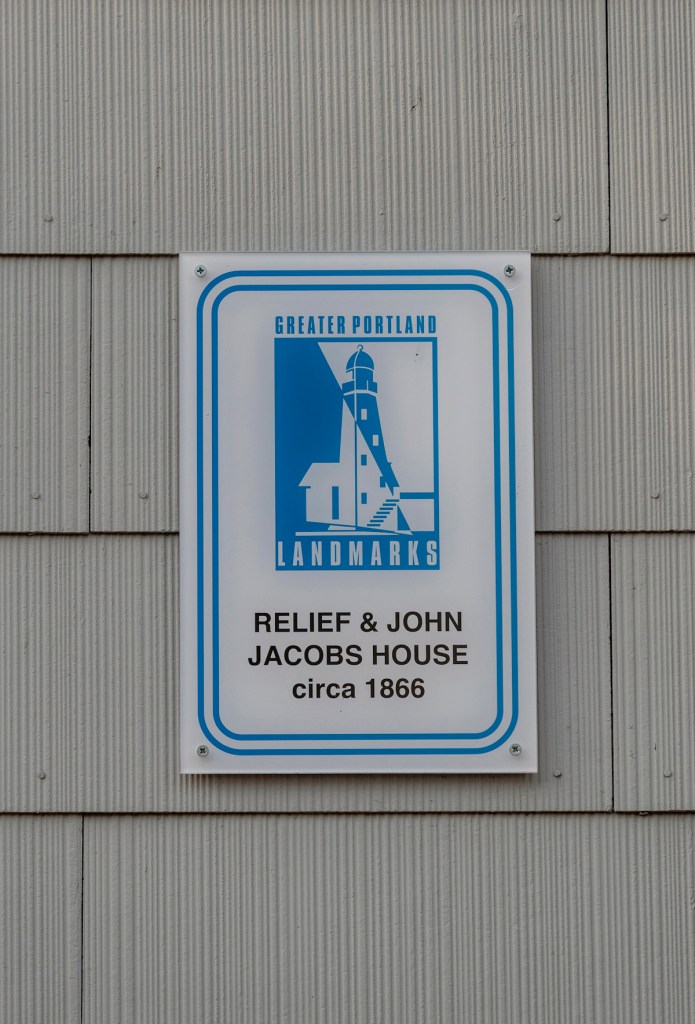
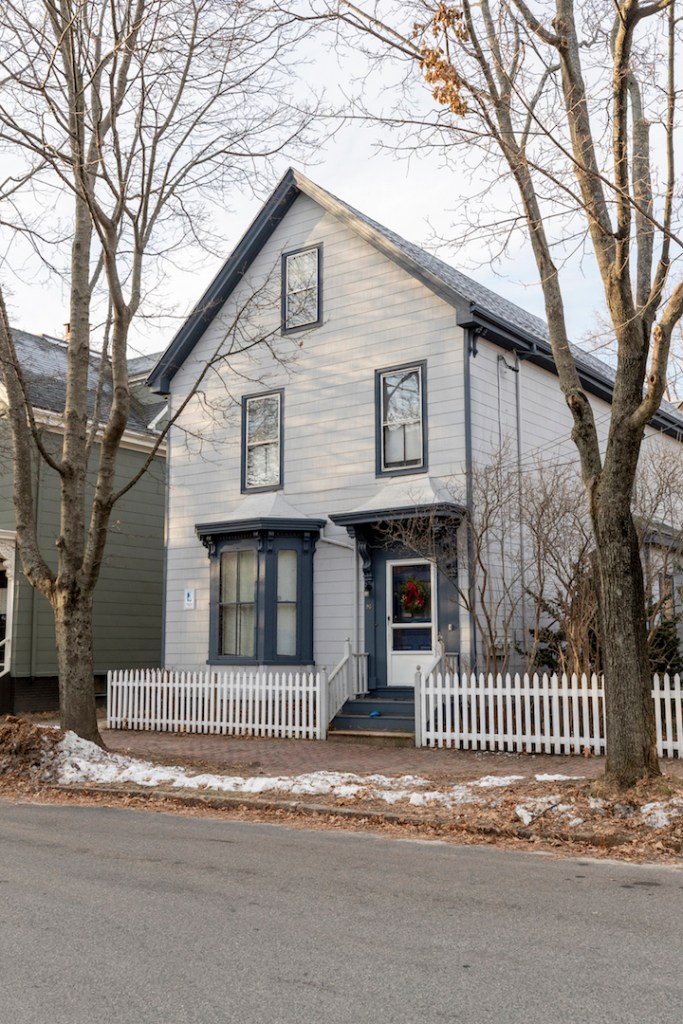
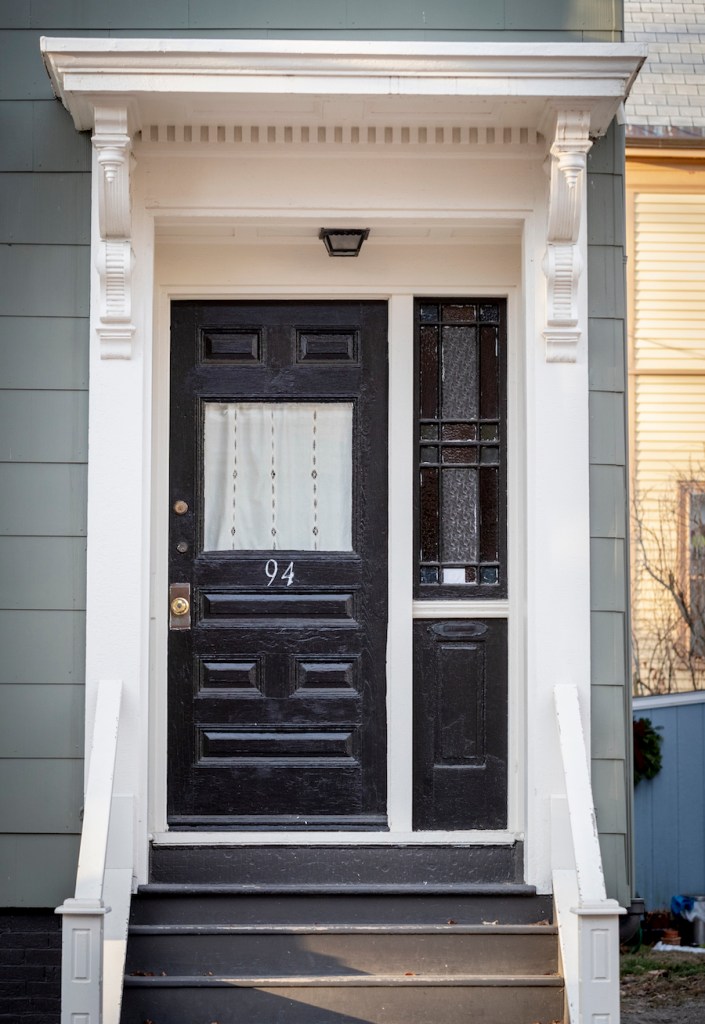
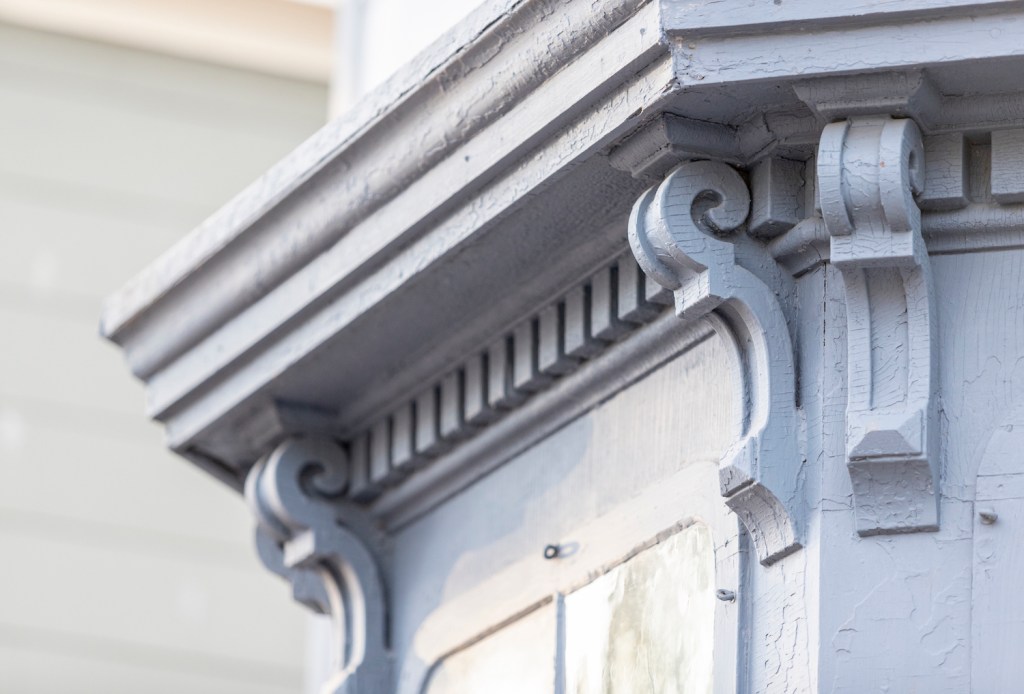
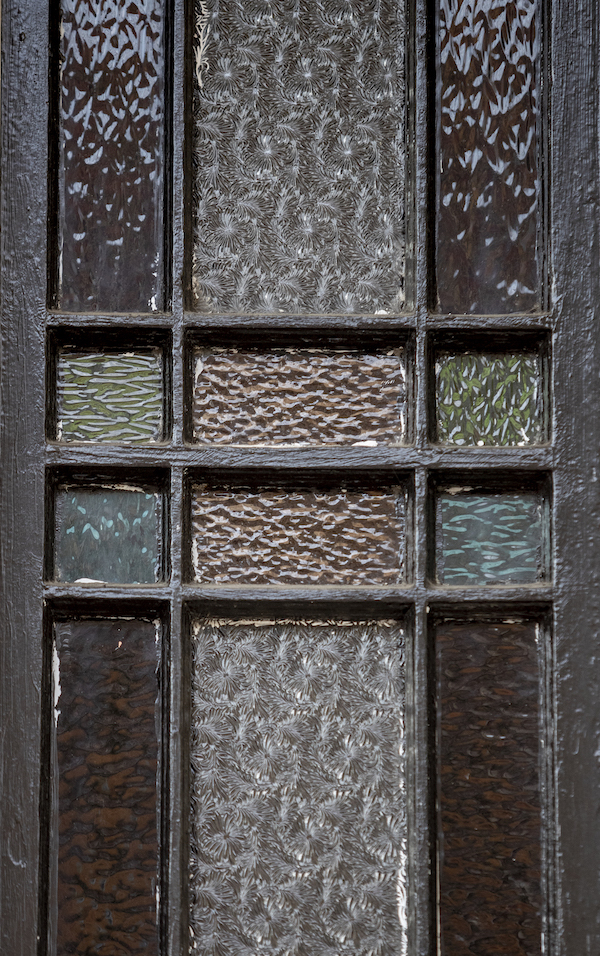
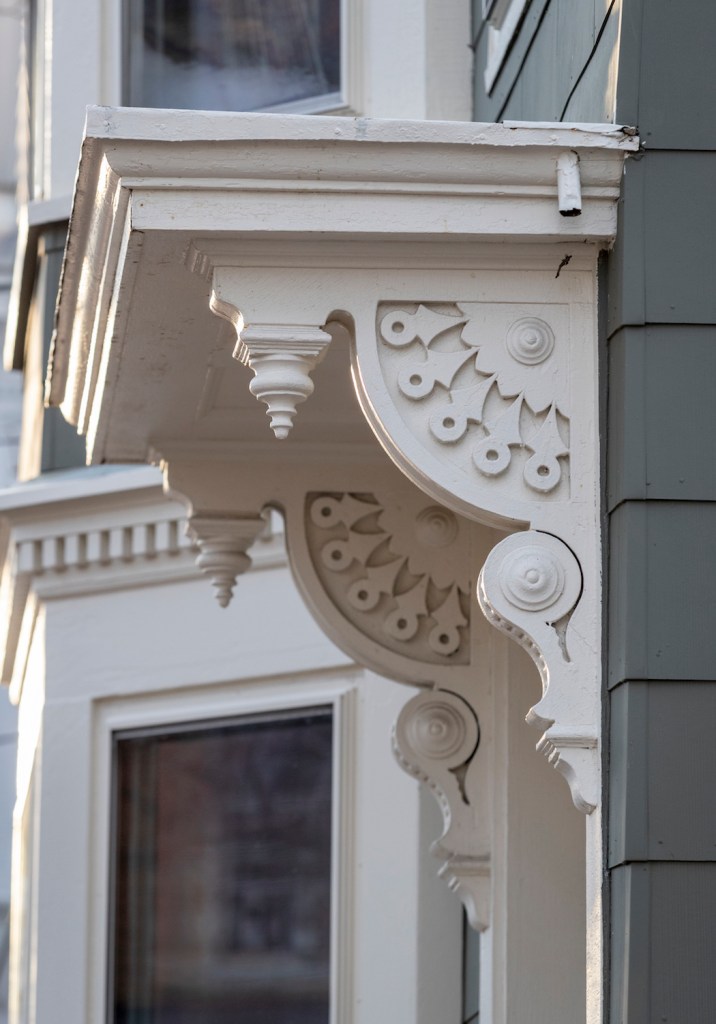

Comments are no longer available on this story